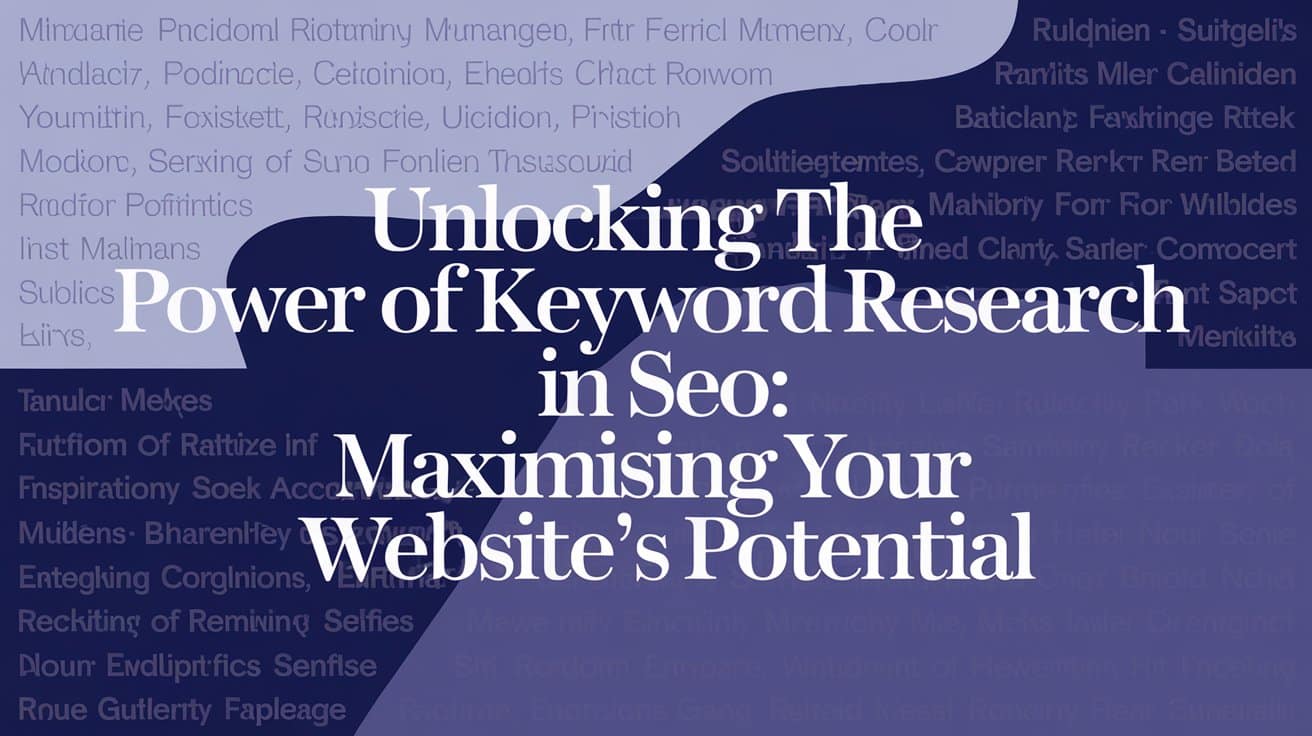TL;DR
We’re detailing the step-by-step process behind our year-long experiment using Google’s Gemini 2.5 Pro to write our blog content.
Our method involves keyword research, analysing top-ranking content structures, using Gemini 2.5 Pro to create outlines, and then having Gemini 2.5 Pro write the full article based on our specific instructions.
This transparency is key as we explore AI’s role in effective, people-first content creation.
Introduction
Hello again! Following our recent announcement about NeedSEO’s exciting plans for 2025 – including our year-long experiment using Google’s Gemini for content creation – we wanted to pull back the curtain and share exactly how we’re approaching this fascinating project.
Transparency is crucial in the ever-evolving world of SEO and AI. As we explore the capabilities of advanced language models like Gemini 2.5 Pro for creating helpful, engaging content, we believe it’s important to detail our methodology. So, let’s dive into the nuts and bolts of how NeedSEO content will be crafted this year.
Our Gemini Content Creation Process
We aren’t just asking Gemini to “write a blog post about SEO.” Our process is more structured, aiming to leverage AI’s power while guiding it with human SEO expertise and insights. Here’s the step-by-step breakdown:
- Keyword Research: Like any solid SEO strategy, it starts here. We identify relevant keywords that our target audience (small and medium enterprises like yours!) are searching for.
- Competitor Structure Analysis: We then look at the top 3 currently ranking articles for that chosen keyword. We’re specifically interested in their heading structure (H1s, H2s, H3s, etc.). This helps us understand what topics and subtopics search engines and users currently find valuable and comprehensive for that query.
- AI-Powered Outline Generation: This is where Gemini steps in. We feed the heading structures from those top articles into Gemini 2.5 Pro. We ask it to synthesize these structures and generate a logical, comprehensive blog post outline. This isn’t about copying, but about creating a robust framework.
- Guided Article Writing: With a solid outline approved, we then task Gemini 2.5 Pro with writing the full article. Crucially, this isn’t a hands-off step. We provide Gemini with specific instructions based on our expertise and preferences for NeedSEO’s blog style – ensuring the tone is friendly, incorporates clear explanations (our “jargon busters”), focuses on practical advice for SMEs, and adheres to people-first content principles.
- Review and Refinement: While Gemini does the heavy lifting of drafting, we still review and refine the output to ensure accuracy, clarity, and alignment with our brand voice and E-E-A-T standards before publishing.
Why This Approach?
We believe this method balances the efficiency of AI with the strategic insights of human SEO experience. It allows us to:
- Ensure topic relevance and comprehensiveness based on proven ranking factors.
- Leverage AI for speed and scale in drafting.
- Maintain control over quality, tone, and accuracy through specific prompting and review.
- Systematically test how content generated with this structured, AI-assisted approach performs.
Tracking Our Journey
As mentioned in our initial announcement, we are committed to meticulously tracking the performance of these Gemini-authored posts. We’ll be monitoring SEO metrics, user engagement, and overall impact throughout the year and will share our findings periodically right here on the blog.
Join the Conversation!
This experiment is a learning process for us, and we hope, for the wider community interested in the intersection of AI and SEO. What are your thoughts on using AI in content creation this way? Do you have questions about our process? Let us know in the comments below!
We’re excited to share this journey of discovery with you. Stay tuned for future updates on the experiment and insights into creating effective content in the age of AI.







